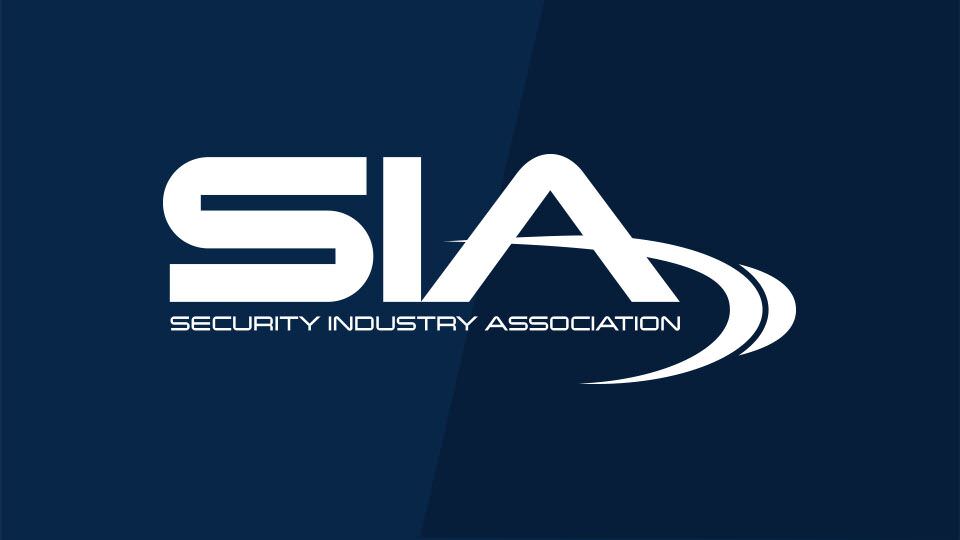Examining Video Surveillance Total Cost of Ownership

How do you calculate the total cost of ownership (TCO) for video surveillance, and why is it important to communicate to your customers?
Join Dean Drako, President and CEO of Eagle Eye Networks, at ISC West, April 6, 2017, from 10-11 a.m. for a discussion on video surveillance TCO, including the framework and core financial factors to consider when determining TCO for a video surveillance system.
Register here for ISC West! Choose this and other education sessions at www.iscwest.com/education.
Does TCO for video surveillance differ by sector, or size and type of an enterprise?
Yes. TCO for video surveillance analysis varies by size of enterprise. A small business customer has a very different set of costs and ways of estimating those costs than an enterprise. The enterprise will typically be more sophisticated and complete. For example, an enterprise might have a fixed cost for Gigabyte of monthly storage that the physical security organization is internally charged. It is very unlikely that a small business has such a charging structure. It’s very unlikely that the small business has accurate internal measurement of its cost per gigabyte of monthly storage.
TCO for video surveillance analysis also varies based on sector due to benefits and requirements of the industry. For example, a multi-site franchise owner has costs associated with maintaining equipment at a every location, but he also get additional benefits from centralize management when using a cloud system — both of these factors need to be included in a proper TCO Analysis. Some industries have requirements for offsite video storage or video retention — meeting these requirements needs to be included in the TCO calculation whether they use a cloud solution or not. Someone with very remote locations needs to include travel to and from the location as part of their TCO analysis. There are many factors that are industry specific which influence the TCO.
What are some of the core financial factors to consider when determining TCO?
To accurately consider TCO the initial expenditures costs for hardware, software, design and installation must be determined. Then the ongoing costs including operational, maintenance, and replacement costs over the time period must be added to this initial expenditure. It’s key to incorporate all the costs associated in order to get true TCO Analysis. It’s pretty easy to look at the initial costs of purchasing the software, the hardware, and the installation. What is often not considered in the analysis of the initial expenditures is the design time from staff, the initial setup and installation of computer equipment by the IT team, the time needed to cybersecure the initial installation, the security configurations needed (firewalls), Antivirus software, and the physical space needed. What is often not considered in the ongoing costs, but must be included to do a proper analysis are items such as 1) Electricity, 2) network bandwidth for remote access, 3) IT time to maintain the OS on computers (both servers and clients), 4) IT Time for video software upgrades, 5) computer backups, 6) Cybersecurity reviews and checks, 7) camera maintenance and replacement, 8) disk drive replacements (5% fail per year), 9) on-going training costs, 10) video retrieval costs for third parties, 11) Indirect labor costs, 12) travel time to perform maintenance, 13) travel time to restart cameras, 14) management time, and 15) alerting systems for monitoring the systems operation.
Why does TCO vary when video surveillance requirements change?
TCO will go up when more cameras are needed, more retention is needed or when more features or functions are needed. For a cloud-based solution TCO will go down when fewer cameras are needed, less retention is required, or sites are closed. TCO will not go down as much in a traditional on premise solution because the hardware has already been purchased and you typically can’t return it. The real issue is the waste created when requirements are changed with a traditional on-premise solutions. When video systems are purchased and installed they are designed to meet the current requirements. When the requirements are changed, new equipment needs to be purchased, and some of the old equipment may have to be discarded. This creates inefficiency, which can greatly increase the TCO. Obviously, with a true cloud solution, where you pay for what you use monthly, the customer can vary requirements and only pay for what he uses. There is no inefficiency in this case.
What’s the number one takeaway that attendees of this session will have?
Attendees of this session will depart with a better understanding of the TCO of a video surveillance system and how a TCO can be calculated for different customers. We will cover all the factors that need to be included. This TCO analysis training will provide a powerful sales tool for attendees to assist the customer in analyzing their true TCO, all the benefits, and thereby helping to close sales.
The views and opinions expressed in guest posts and/or profiles are those of the authors or sources and do not necessarily reflect the official policy or position of the Security Industry Association (SIA).
